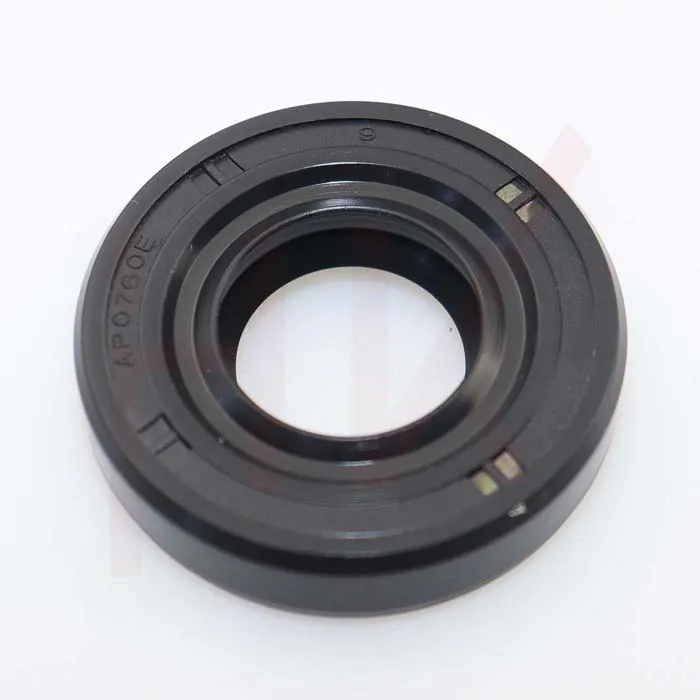ಡಿಸೆ . 10, 2024 04:44 Back to list
Choosing the Right Grease Seal for Your Wheel Hub Maintenance Needs
Understanding Wheel Hub Grease Seals A Comprehensive Overview
Wheel hub grease seals may not be the most glamorous component of a vehicle, but they play a crucial role in maintaining optimal performance and longevity of the wheel assembly. These seals serve as vital barriers, preventing grease from leaking out of the hub while simultaneously keeping dirt, debris, and moisture from penetrating the hub assembly. Understanding the function, types, and maintenance of wheel hub grease seals can help vehicle owners ensure the reliability of their vehicles.
The Function of Wheel Hub Grease Seals
At its core, the primary function of a wheel hub grease seal is to retain lubrication within the wheel hub. This grease is essential for the smooth operation of wheel bearings, which must turn freely to ensure safe and efficient vehicle movement. Over time, the grease can break down or leak out due to heat, pressure, or simply wear and tear. The grease seal is designed to contain this lubricating substance, thereby extending the life of the bearings and reducing the risk of failure.
Moreover, grease seals protect against contamination. In many driving conditions—especially in off-road or wet environments—dirt and water can infiltrate the wheel hub assembly. If debris enters the bearing, it can lead to premature wear and potential failure. A properly functioning grease seal mitigates these risks, safeguarding the internal components.
Types of Wheel Hub Grease Seals
Wheel hub grease seals come in various types, tailored to different vehicles and conditions
. The most common types include1. Single-Lip Seals These seals have one sealing lip and are typically used in standard applications where minimal exposure to contaminants is expected. They are cost-effective and suitable for everyday vehicles.
2. Double-Lip Seals These feature two sealing lips, providing enhanced protection against dust and moisture. Double-lip seals are ideal for more demanding environments, such as off-road vehicles or those frequently exposed to harsh weather conditions.
wheel hub grease seal

3. Spring-Loaded Seals These seals incorporate a spring behind the sealing lip, which helps maintain contact with the hub surface, compensating for wear over time. This design is particularly useful in high-performance vehicles or applications where vibration is a concern.
4. Inner and Outer Seals In some modern vehicles, seals are designed to be placed both on the inner and outer edges of the wheel hub. This dual protection approach provides greater assurance against contamination and grease loss.
Maintenance and Replacement
Like any vehicle component, wheel hub grease seals will eventually wear out and require replacement. Signs of a failing grease seal may include
- Visible grease leaks around the wheel assembly. - Grinding or humming noises emanating from the wheel area, possibly indicating that bearings are not properly lubricated. - Increased play or wobbling in the wheel, suggesting that the bearings may be wearing prematurely.
Regular maintenance can help extend the life of wheel hub grease seals. It is advisable to inspect them during routine vehicle check-ups, especially if the vehicle operates in harsh conditions. If a seal is found to be damaged or worn, it should be replaced without delay to prevent further systemic issues.
Conclusion
In summary, wheel hub grease seals are essential components that ensure the smooth operation of a vehicle's wheel assembly. By retaining lubrication and preventing contamination, these seals play a pivotal role in enhancing the longevity and performance of wheel bearings. Vehicle owners should be proactive in monitoring the condition of these seals, understanding their types, and recognizing when maintenance or replacement is necessary. With proper care, wheel hub grease seals can contribute significantly to the overall health of a vehicle, providing safety and reliability on the road.
-
The Trans-formative Journey of Wheel Hub Oil Seals
NewsJun.06,2025
-
Graphene-Enhanced Oil Seals: Revolutionizing High-Pressure Oil Sealing
NewsJun.06,2025
-
Future of Hydraulic Sealing: Advanced Intelligent TCN Oil Seals
NewsJun.06,2025
-
Don’t Let a Broken TCV Oil Seal Ruin Your Day
NewsJun.06,2025
-
Bio-Inspired Dust Seals for Better Sealing Performance
NewsJun.06,2025
-
Biodegradable and Sustainable Hydraulic Seal Materials
NewsJun.06,2025
-
Top Oil Seal Solutions for Your Industrial Needs
NewsMay.22,2025
Products categories
















